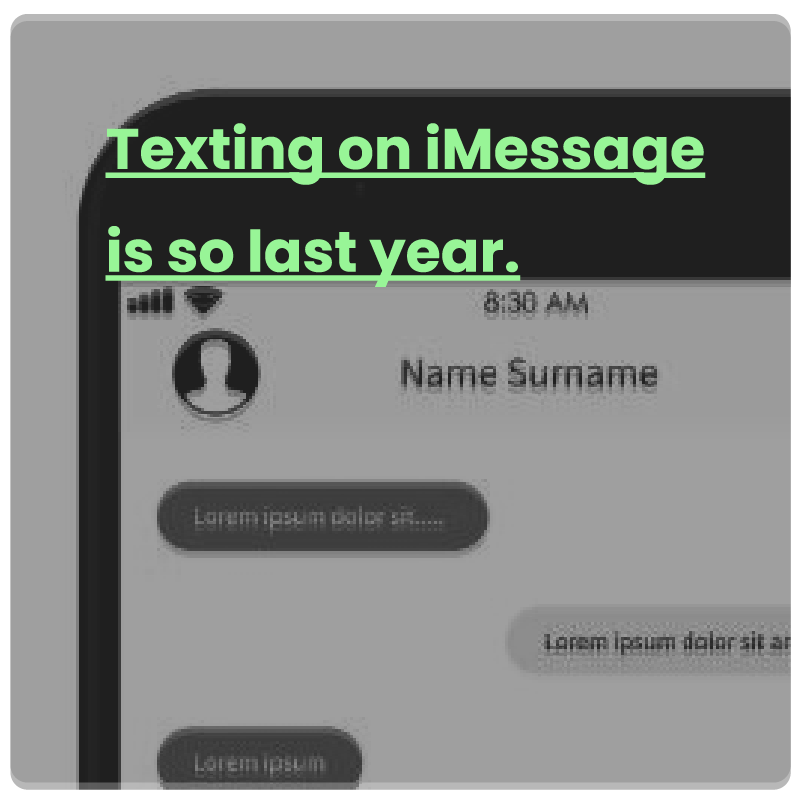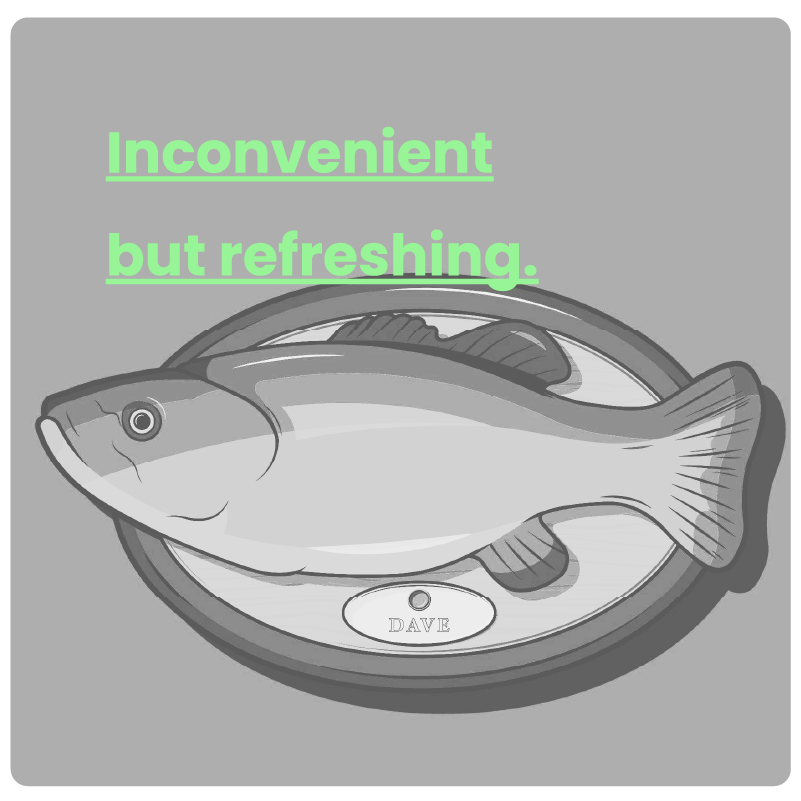As older generations search for ways to be young again, and younger generations crave nostalgia and stability, all continue to search for enriching experiences and connections. This month’s trends spotted by GPJ Strategists Ian Bush and Britt Meyer.
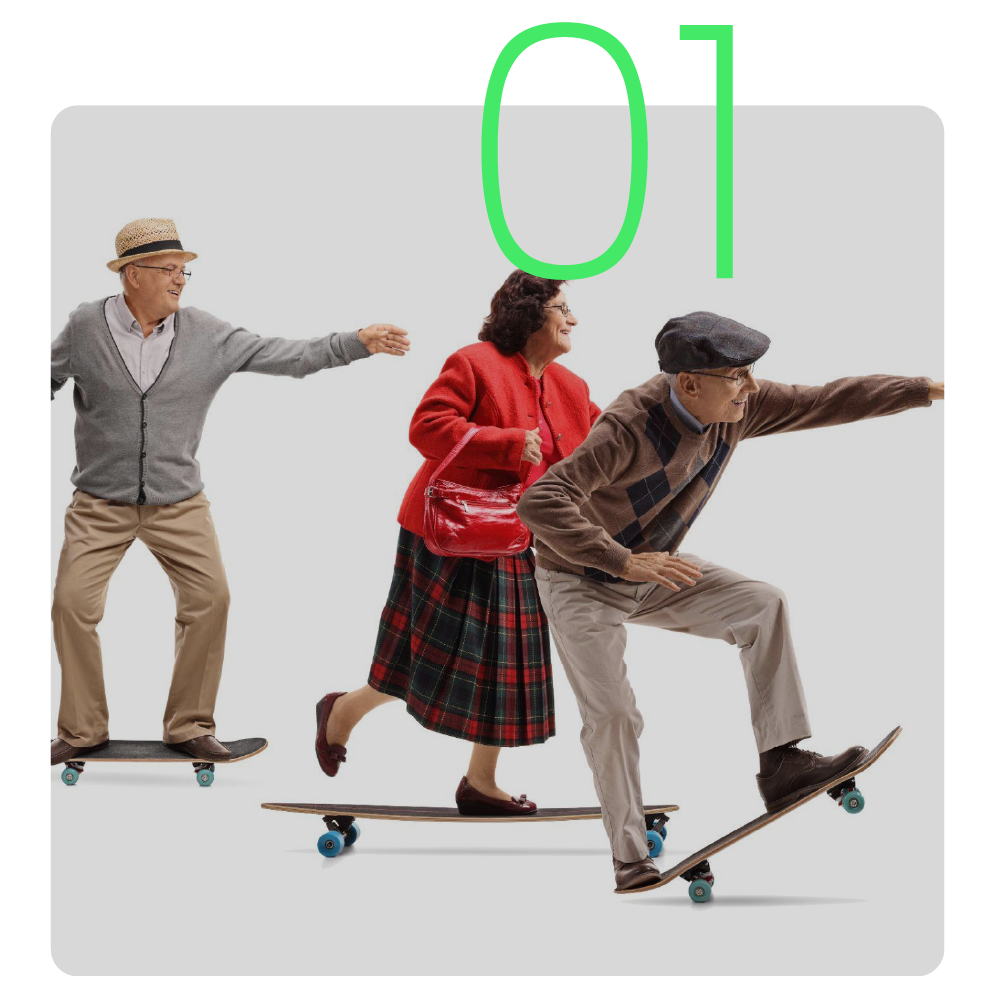
1. People aren’t acting their age anymore
Generational norms are being challenged across age demographics, and it’s reshaping expectations around age group behaviors.
Traditional age markers and behaviors are being challenged by a cultural shift that rejects expectations for people’s stages in life. Older generations, embodied by grandfluencers and senior social media stars, are participating in youth-dominated spaces. Meanwhile, younger generations are focusing on issues that traditionally become priorities later in life, like wealth management and political policies. Older generations are popping off and playing with toys, and the youth are putting themselves out to pasture. This phenomenon of age fluidity is a reaction to youth burnout and senior boredom, creating a new cultural dynamic.
What it Means
When reevaluating the behaviors we’ve come to expect from people of a certain age, we must also reevaluate how we engage them. The creation of intimate, cross-generational experiences can allow older and younger participants to learn from each other, break bread, and feel represented while still having their needs met.
Key Takeaway
As people live longer and stay socially active into later stages of life, brands and experiences must adapt to appeal across the age spectrum, focusing more on shared human experiences and behaviors that transcend life stages and resonate across generations.
2. Absurdity is becoming a new cultural currency
Marketers are increasingly leaning into absurdity as a tool for engagement, capturing attention by subverting traditional norms.
Absurd content has moved beyond niche internet humor like Skibidi Toilet to become a mainstream tool for brand engagement. While millennials may recall Burger King and Old Spice as the progenitors of unhinged marketing, brands like Nutter Butter and Oreo have taken it further by embracing a more chaotic, hyper-ironic tone to stand out in an oversaturated market. Brands that win are leaning into exaggerated, unexpected concepts that defy traditional marketing norms, resonating particularly with Gen Z, who are resistant to polished content and more interested in surreal creators like Savannah Moss.
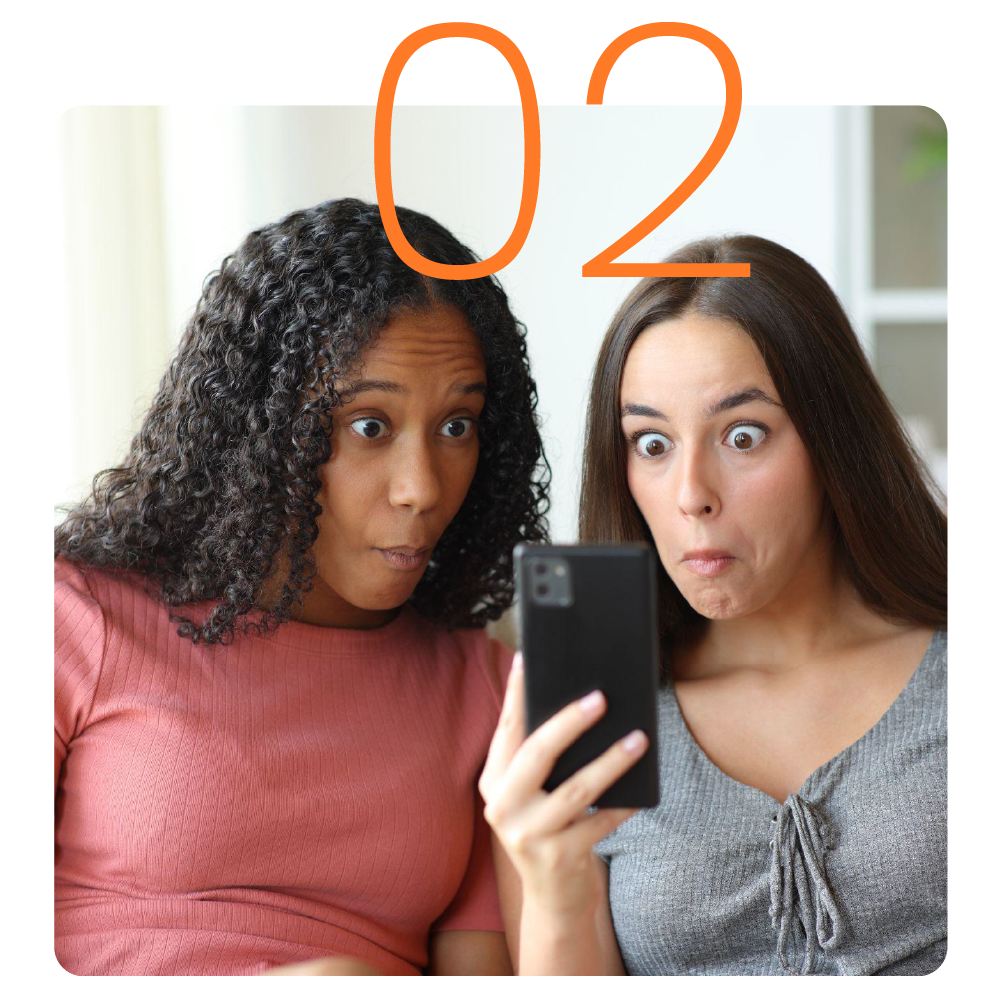
What it Means
In a landscape washed in perfected advertising, absurdity acts as a counter-cultural response, delivering authenticity, surprise, and shareability. And the appeal goes beyond humor; it speaks to an underlying rejection of convention, allowing audiences to connect through experiences that feel raw and relatable. Brands are then able to connect in a more emotional capacity.
Key Takeaway
The real opportunity lies in pushing absurdity beyond the screen and into the physical world, creating immersive environments that engage all five senses. By dimensionalizing absurdity in ways that shock, disorient, and captivate, brands can offer participants visceral experiences that feel impactful, yet unfiltered.
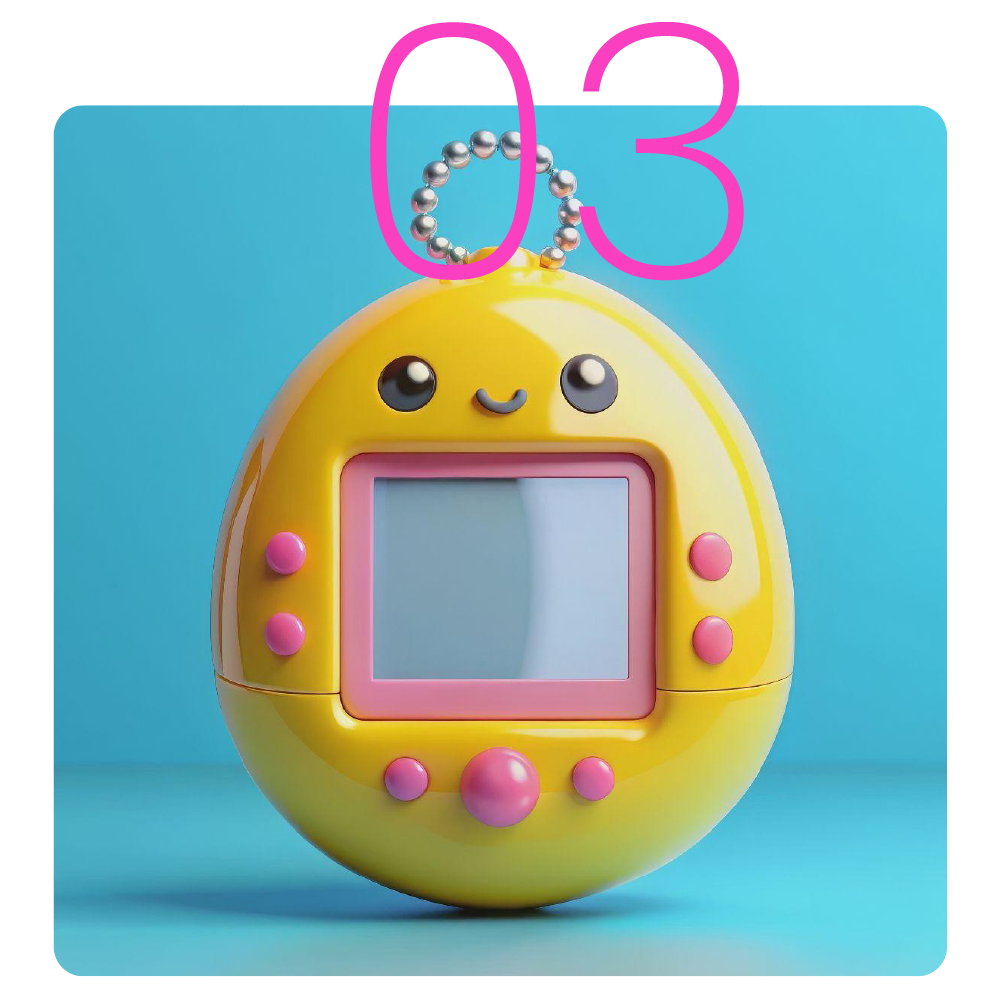
3. Single-purpose technology is making a comeback
Consumers are turning to antiquated technology not just for nostalgia, but for a simpler way of life.
The first Tamagotchi store in the UK opened this year as the popular 90’s toy makes a comeback beyond nostalgia. Global sales of the egg-shaped toy more than doubled between 2022 and 2023, but it didn’t land with just Millennials looking for throwback fun – it’s hitting GenZ hard. Beyond virtual pets, technology overload is hitting all generations, and is leading to trends like leaving smartphones at home, switching to a dumbphone, and bringing back single-purpose technology like VHS players.
What it Means
Going back to single-purpose technology frees us from ‘limitless possibilities’ by encouraging people to only focus on one thing at a time. Embracing this type of technology is indicative of a larger trend where people are embracing simpler forms of engagement as an alternative to digital everywhere, all at once.
Key Takeaway
In a world of endless choices, brands should look for ways to bring it back to the basics and create a singular, powerful point of connection to act as a relief to this overstimulation. Designing simple, intentional and focused experiences enables meaningful interactions.
4. Singles are getting off the apps and into the aisles
Digital dating has changed back from a chore to an experience (or, your favorite errand.)
Last month, we discussed how apps are bringing people together to create real-life communities. This month, we’re honing in on the singles community and dating. The imminent downfall of dating apps has left people craving more than interview-style dates that lead right back to endless swiping. In one instance, singles are taking over the Spanish grocery chain, Mercadona, from 7-8pm each night to meet other singles. This supermarket mixer has become so popular, police have been called to calm the crowds.
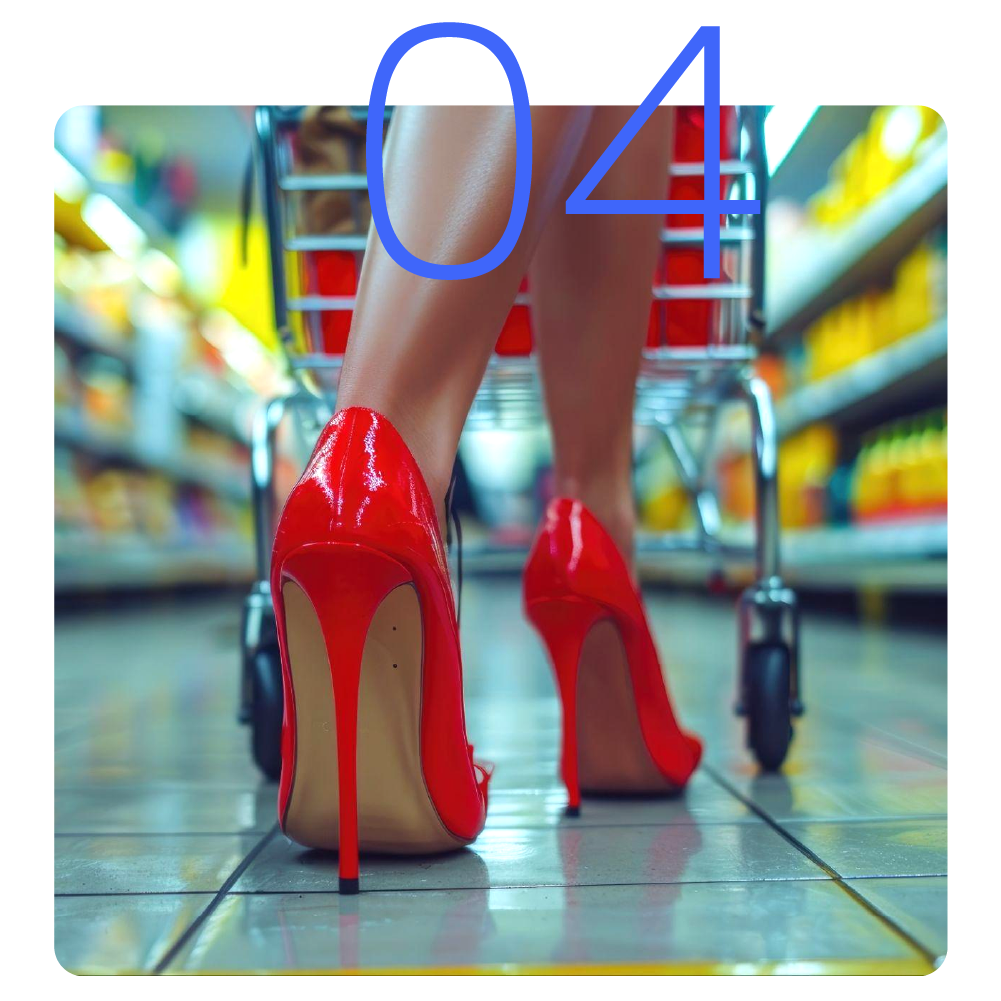
What it Means
On The Love Life Podcast, Esther Perel explained that dating in a fun, imaginative, and surprising environment is an essential element of finding love and chemistry today. Turning mundane activities into ‘meet-cute’ opportunities maximizes the potential of your “errands” and transforms dating into a social activity instead of a digital obligation.
Key Takeaway
This brave new world of in-person meet-ups is capturing the key missing element from app based dating: imagination and surprise. Everyday experiences like going to the grocery store are ripe opportunities for subverting expectations, disrupting routines, and potentially adding butterflies to the stomach.
OUT-THERE EXPERIENCES
People, brands and marketers continue to push the boundaries of physical and digital experiences, with new and creative executions popping up across the globe.
Catch up on all our previous Experience Intelligence reports. Or schedule a strategy session with us!


